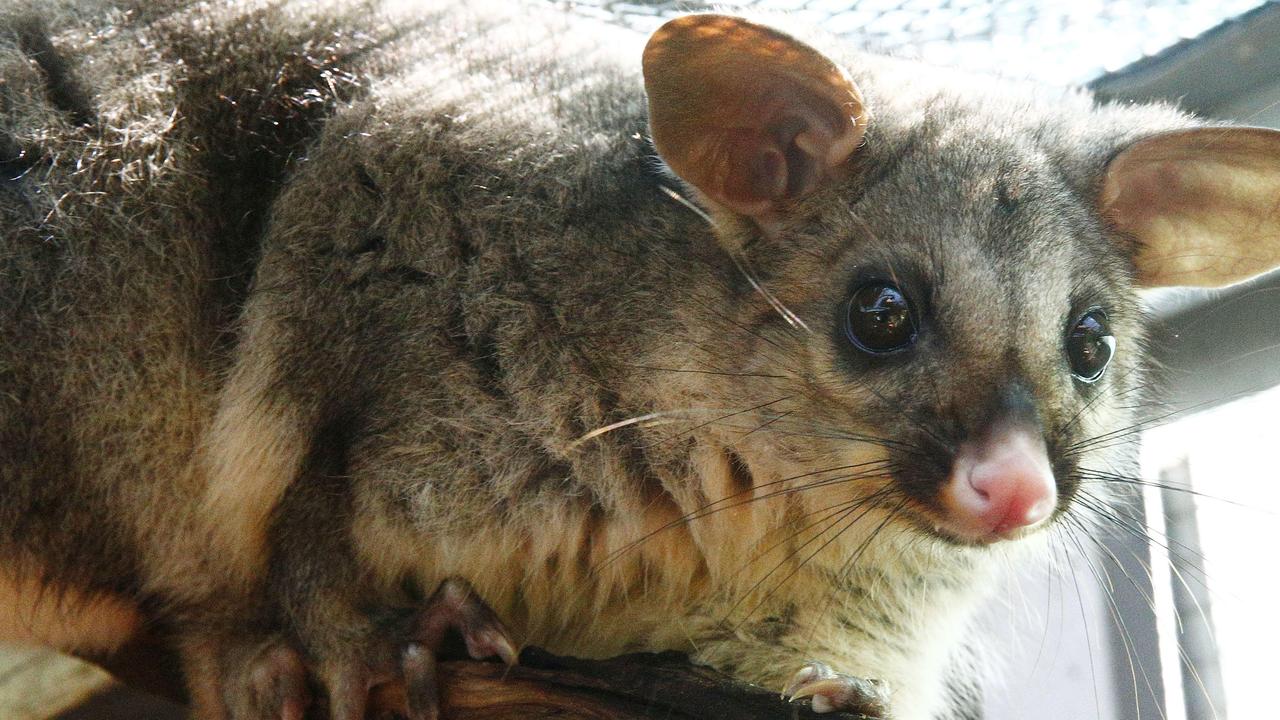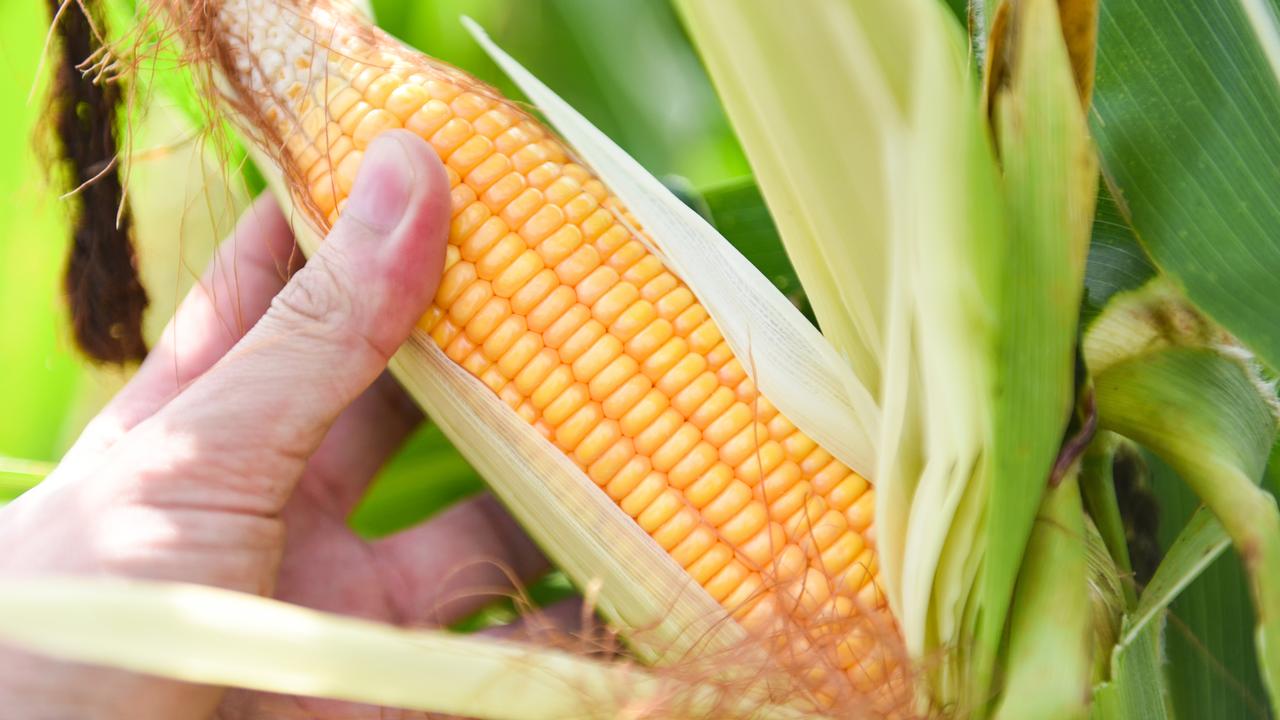Botanic gardens bring joy – and visitors – to rural towns
Shepparton’s new botanic gardens are a salute to the area’s unique identity. Find out what it takes to be classed a “botanic” garden.
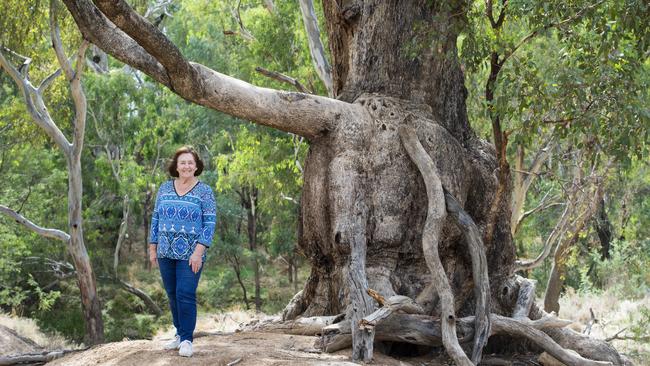
IT WAS back in the mid-’90s that Jenny Houlihan and a dedicated band of Shepparton residents first lobbied for a botanic garden for the town.
“I’m a great believer in open space,” Jenny says.
“Most major rural towns in Victoria have had one since the late 1800s, like a civic hall, or a recreation reserve, it’s essential to an area’s wellbeing. People love them.”
Such is her belief in botanic gardens, it was only after Jenny became a councillor (later mayor) of the Greater Shepparton City Council in the mid-2000s that the town finally got its precious land — albeit 28ha that was a former landfill site.
Since 2011 more than 20 volunteers, Jenny included, have “given our lives” to transforming the site into the Australian Botanic Gardens Shepparton, one of Victoria’s newest.
Working with a designer and construction team, the gardens feature about 12ha of restored bushland, a 30m high mound, built on the former rubbish site, and wetlands in the area previously bulldozed for dirt.
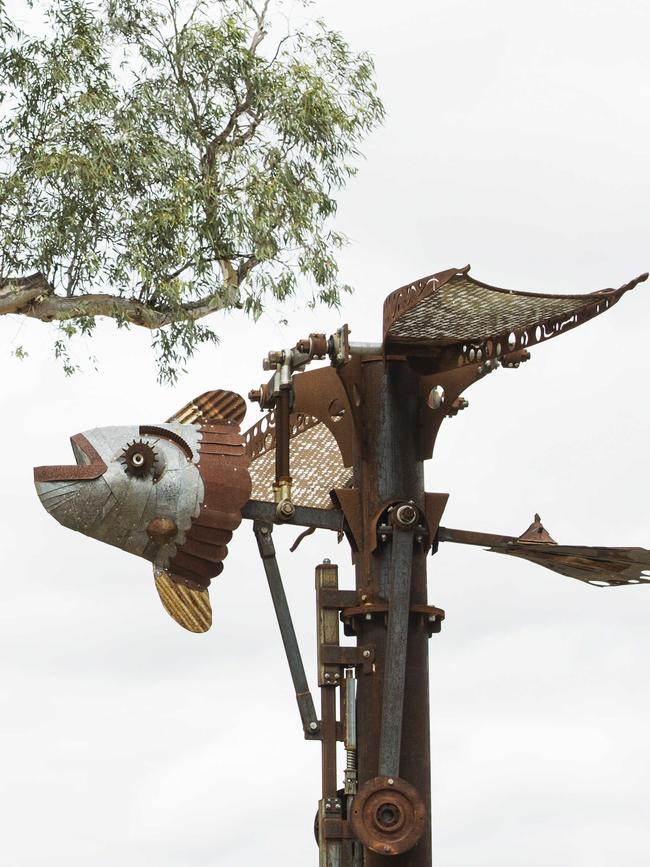
“Rather than just putting plants for people to look at, we wanted the garden to have themes that reflect who we are,” she says.
“So the design incorporates the story of Shepparton, from indigenous culture and explorers, through to clearing of land for orchards, and refugees.”
The refugee garden, for instance, is “symbolically welcoming”, with winding paths and a display of colour from daisies to grevilleas.
A children’s section is “quirky, not what you’d expect”, with sculptures among bushland.
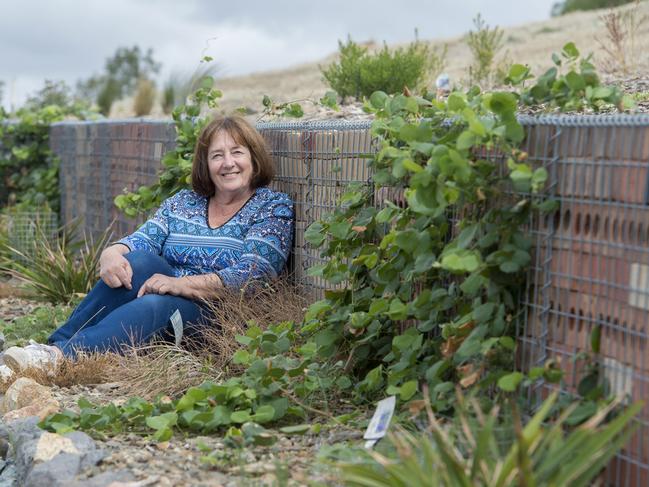
Where possible, the garden uses recycled materials, with unwanted construction bricks used in a 120m brick wall, as well as old water wheels and concrete slabs incorporated into the design.
Jenny says about half the garden is finished, and with the council taking over manage-ment of the site last year — when they were also given a $250,000 Victorian Government grant to install water systems — she hopes the garden will be finished within three years.
While Shepparton is one of rural Victoria’s newest botanic gardens, there are about 40 around the state, many dating back to settlement.
Kyneton’s, for instance, recently celebrated its 160th jubilee, and Warrnambool’s was created in 1877.
But what exactly is a botanic garden compared to the average town park and what makes them so special?
Director and chief executive of the Royal Botanic Gardens of Victoria, Professor Tim Entwisle, says Victoria has more regional botanic gardens per area and population than almost anywhere in the world.
“A lot of them, about 50, were created in the last half of the 19th century during the gold rush, partly because there was a lot of money in Victoria at the time, also because Victoria is a good gardening state, and having a botanic gardens showed that a town had made it, like having a museum or town hall,” he says.
“The likes of Kyneton, Hamilton and Sale all date back to the gold rush era.”
Tim says about 40 of these early botanic gardens continue to flourish, with many established under the direction of colonial botanist Ferdinand von Mueller and William Guilfoyle, who created Melbourne’s Royal Botanic Gardens in 1846.
“Castlemaine, for instance, has cork oaks, with the seeds provided by von Mueller,” he says.
He adds that Melbourne’s “royal” was a title bestowed by the Queen in 1957, one of three in Australia (including Sydney and Hobart).
He says to be called “botanic”, a garden should have a diverse variety of plants that are labelled with botanic names, and records kept of all species, often with a research element.

“You could compare them to a zoo, which will have a diversity of animals and often conservation values, whereas land with a few kangaroos grazing in it is not a zoo,” he says.
Tim says some botanic gardens around rural Victoria have dedicated staff, such as Bendigo, which has just launched a water conservation section of their gardens. Others rely on volunteer labour, such as Hamilton or Camperdown.
Melbourne’s, which also includes Royal Botanic Gardens Cranbourne, has considerable resources, including 220 staff who oversee 8000 living plants, a herbarium with 1.5 million historical plants, and a seedbank of 1500 rare and threatened Victorian species.
A new program offered by Melbourne in the past two years, called Care for the Rare, has resulted in threatened plant species being shared with rural botanic gardens, including Sale.
“Each botanic gardens has a responsibility to their local area’s species and so this conservation aspect is going to become more and more important.”
Tim says Shepparton is a standout example in rural Victoria because it shows the determination of the community.
“It takes a lot of courage and strong-minded people to get a new botanic gardens off the ground, because you need land, they’re expensive and it takes a lot of commitment,” he says.
“The community there wanted not just interesting, varied plants, but to show the history of the area, the
fruit growing and the cultural diversity.
“It’s communities like this that understand the value of public space for wellbeing and health. A botanic garden can be a very peaceful, relaxing place for people to visit.”
MORE COUNTRY LIVING
Jenny agrees.
“Working on this garden has been one of the highlights of my life,” she says.
“It has been a great example of what a community can do when it puts its mind to it.
“It’s a joy in so many ways. It’s a whole new place for Shepparton, not just for tourists, but locals alike.”

